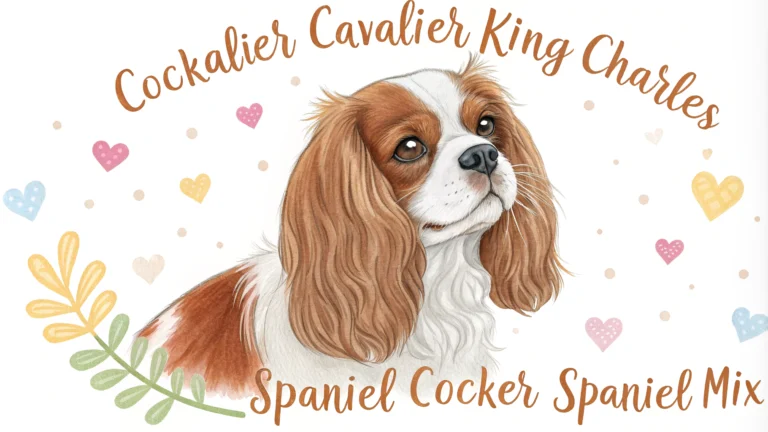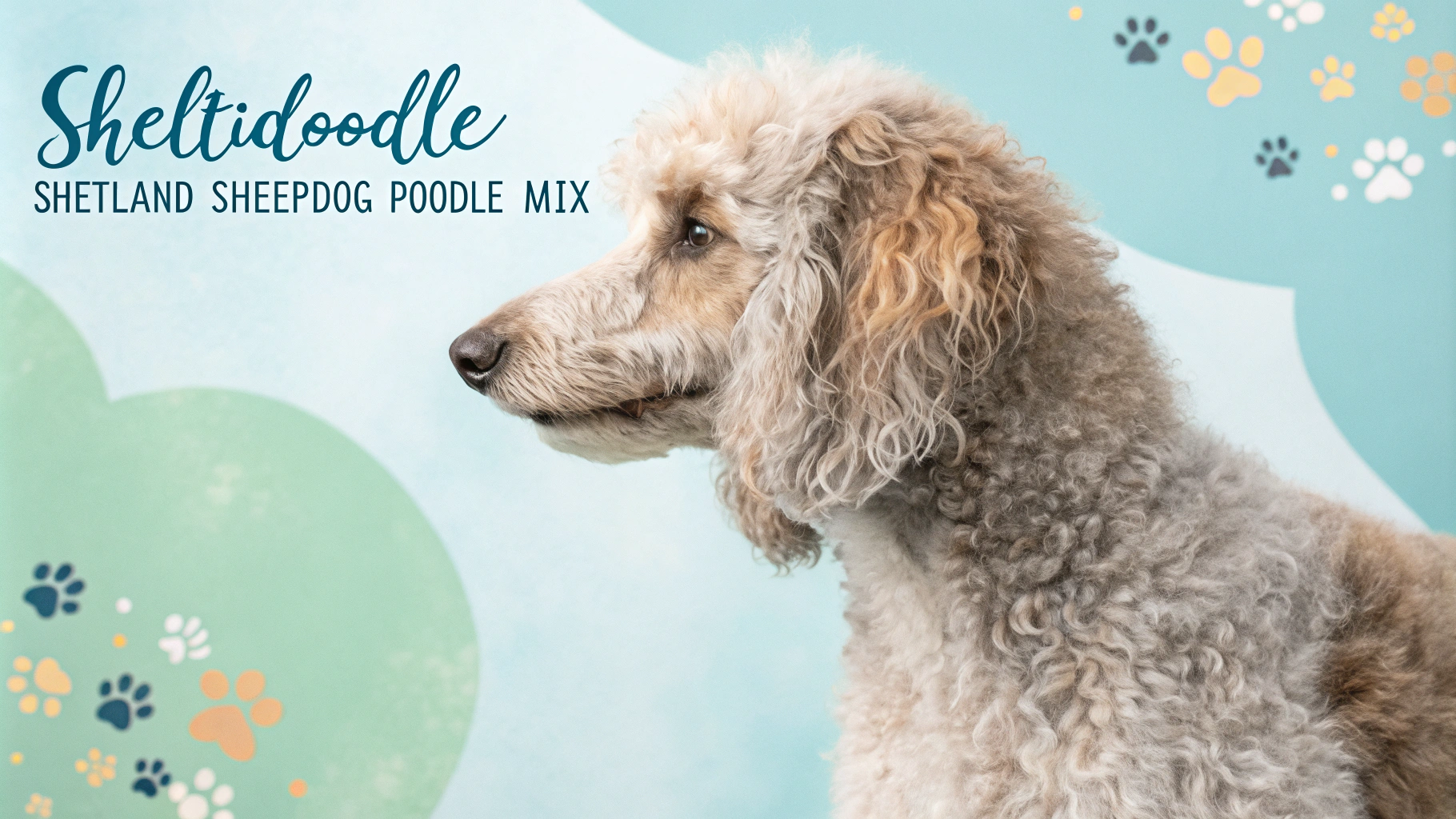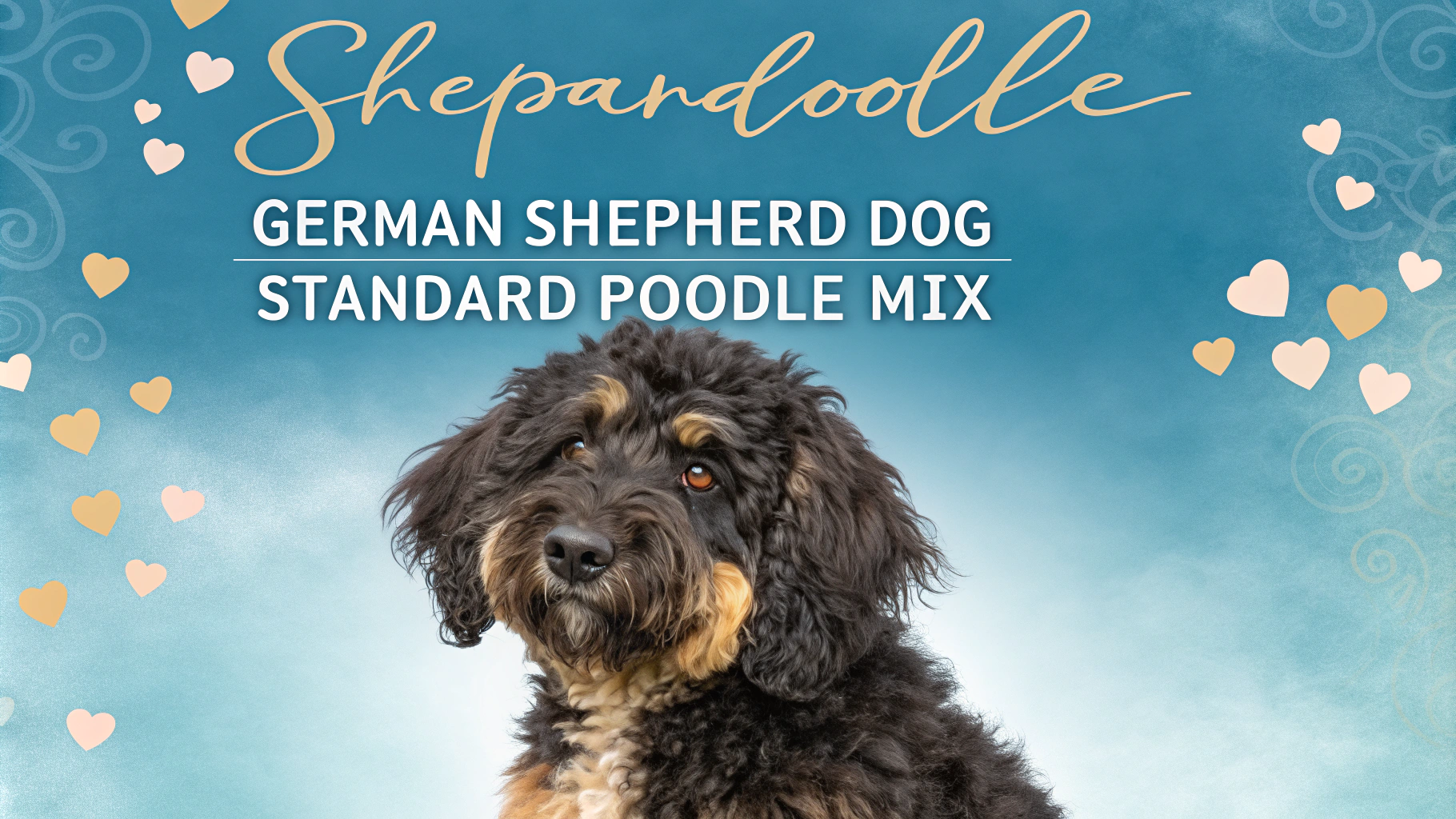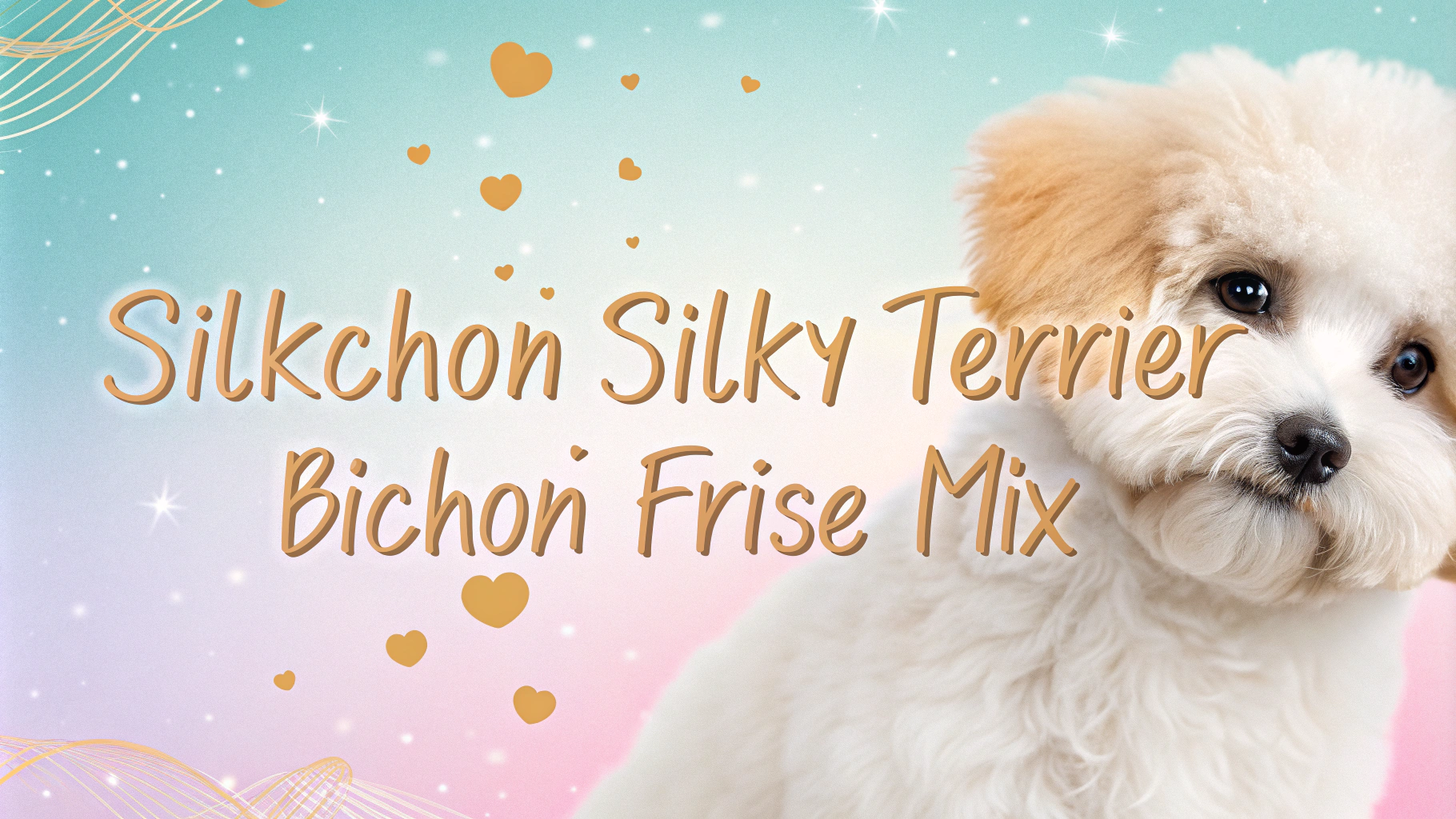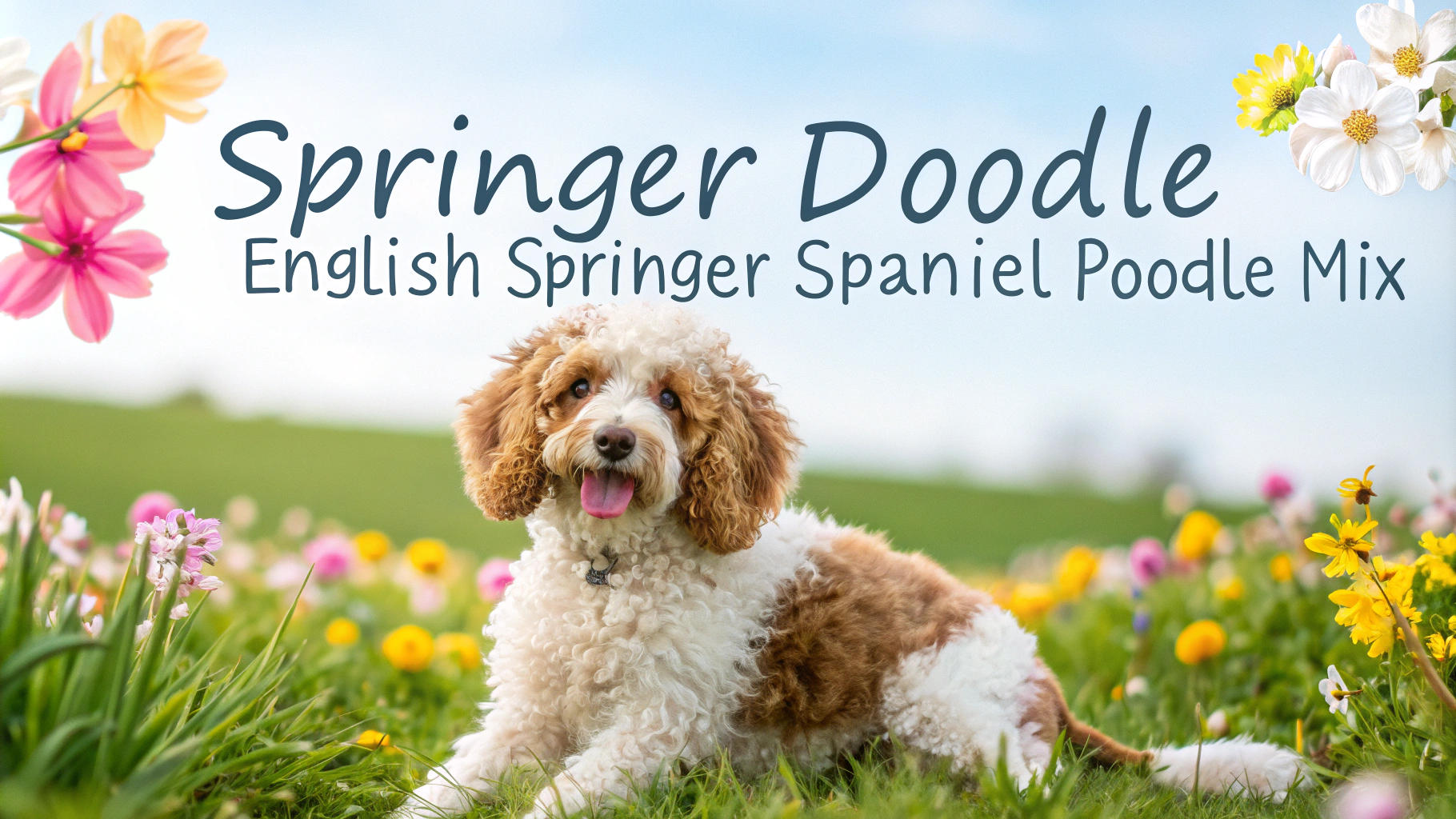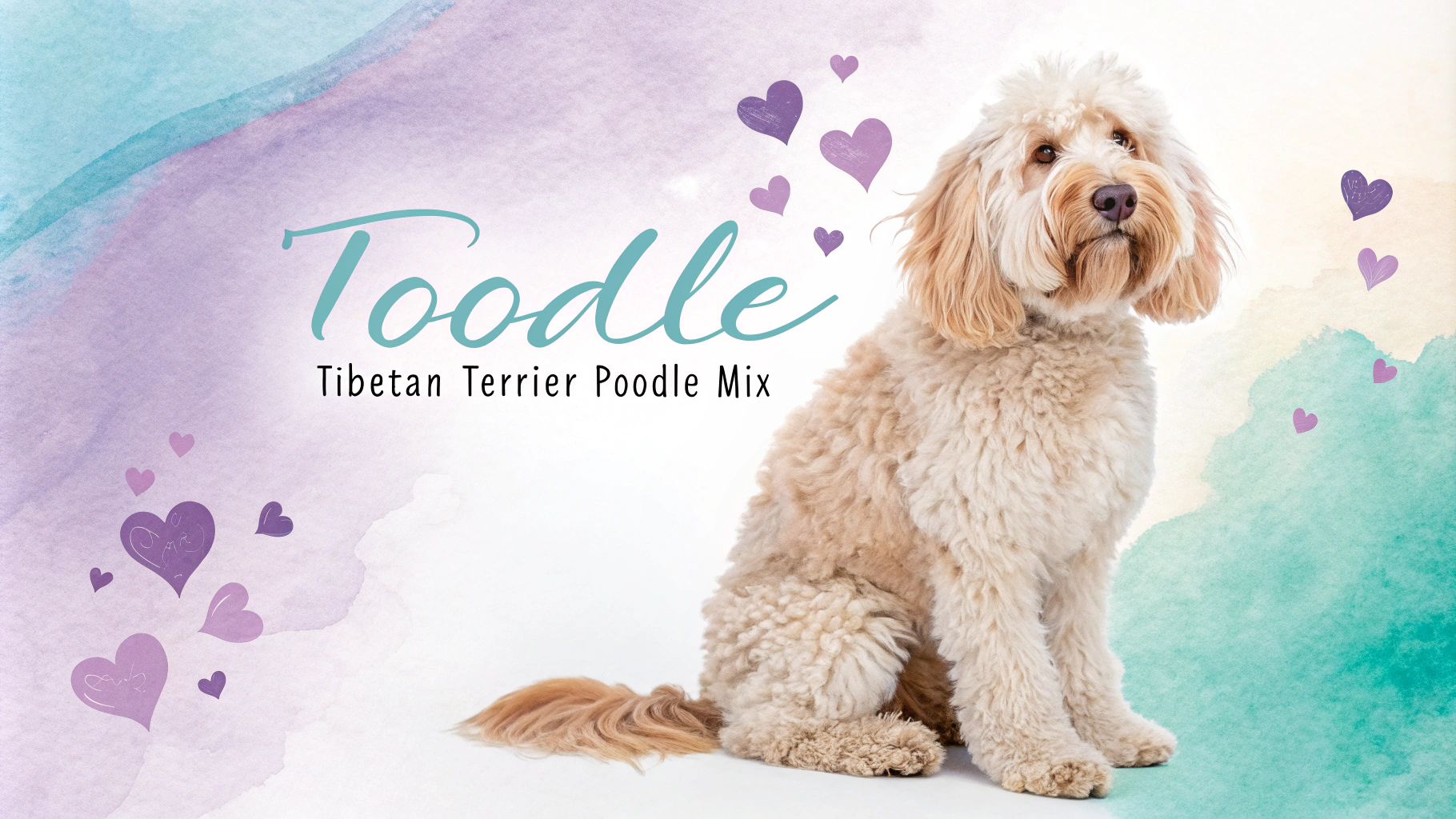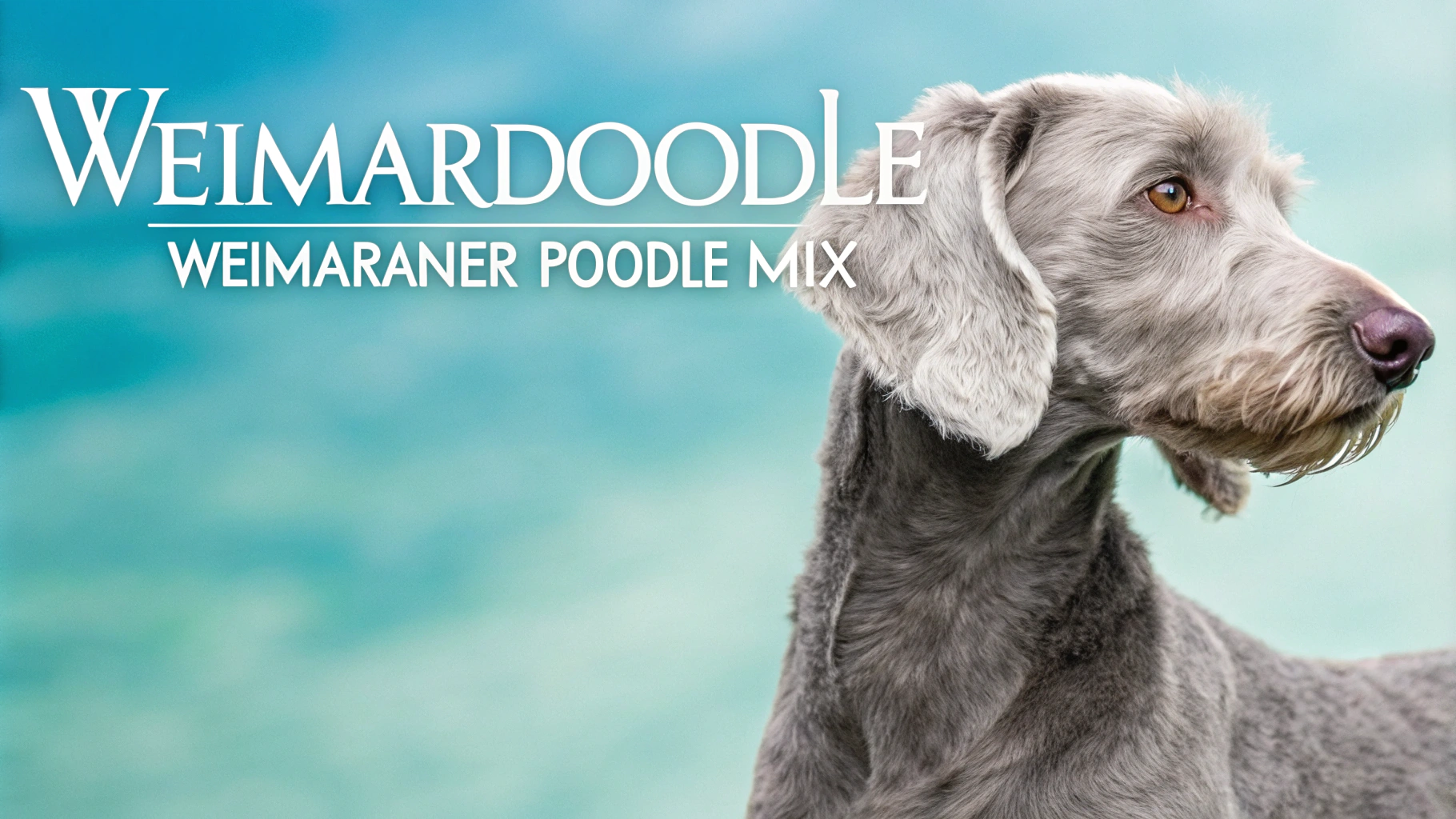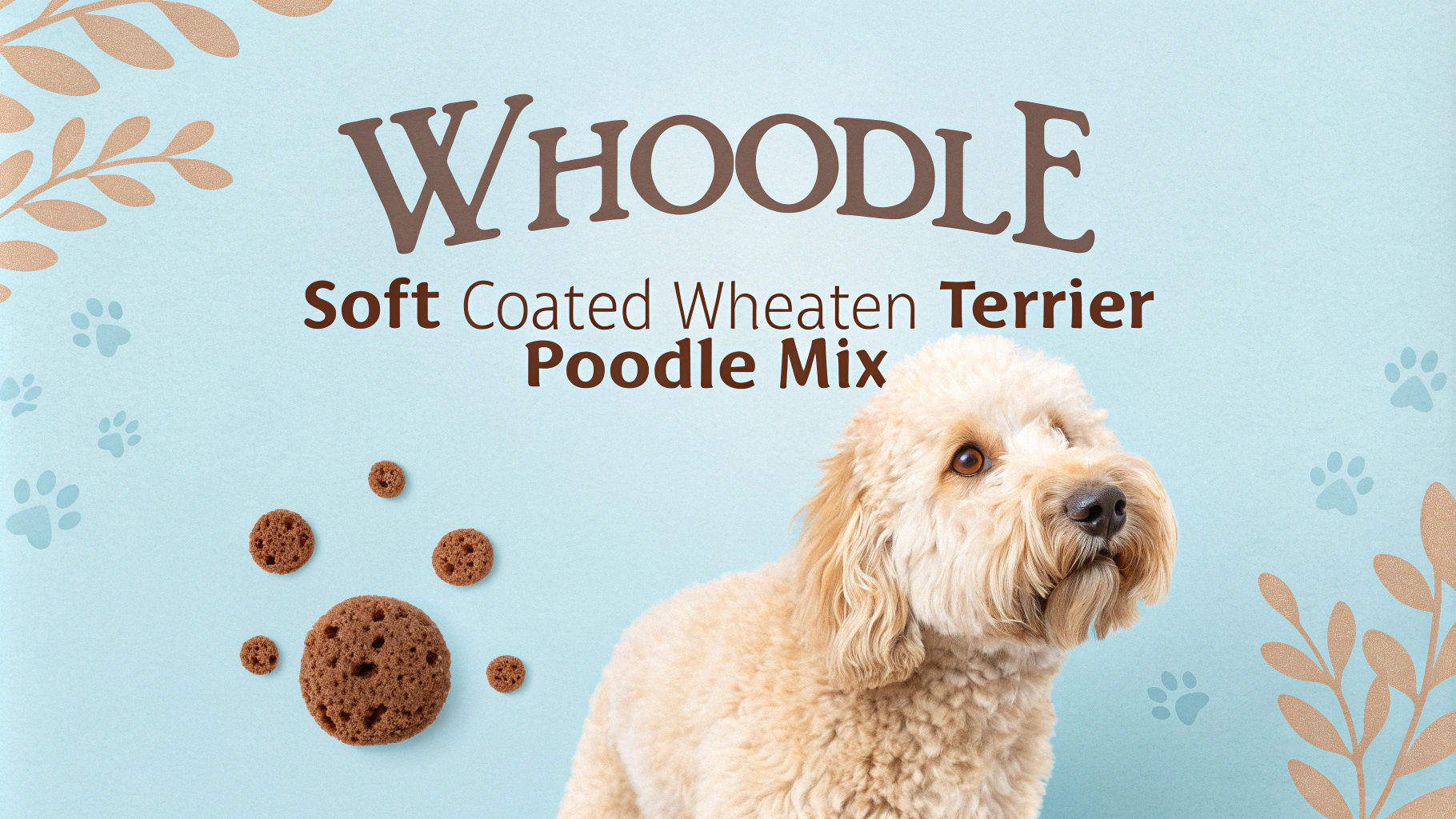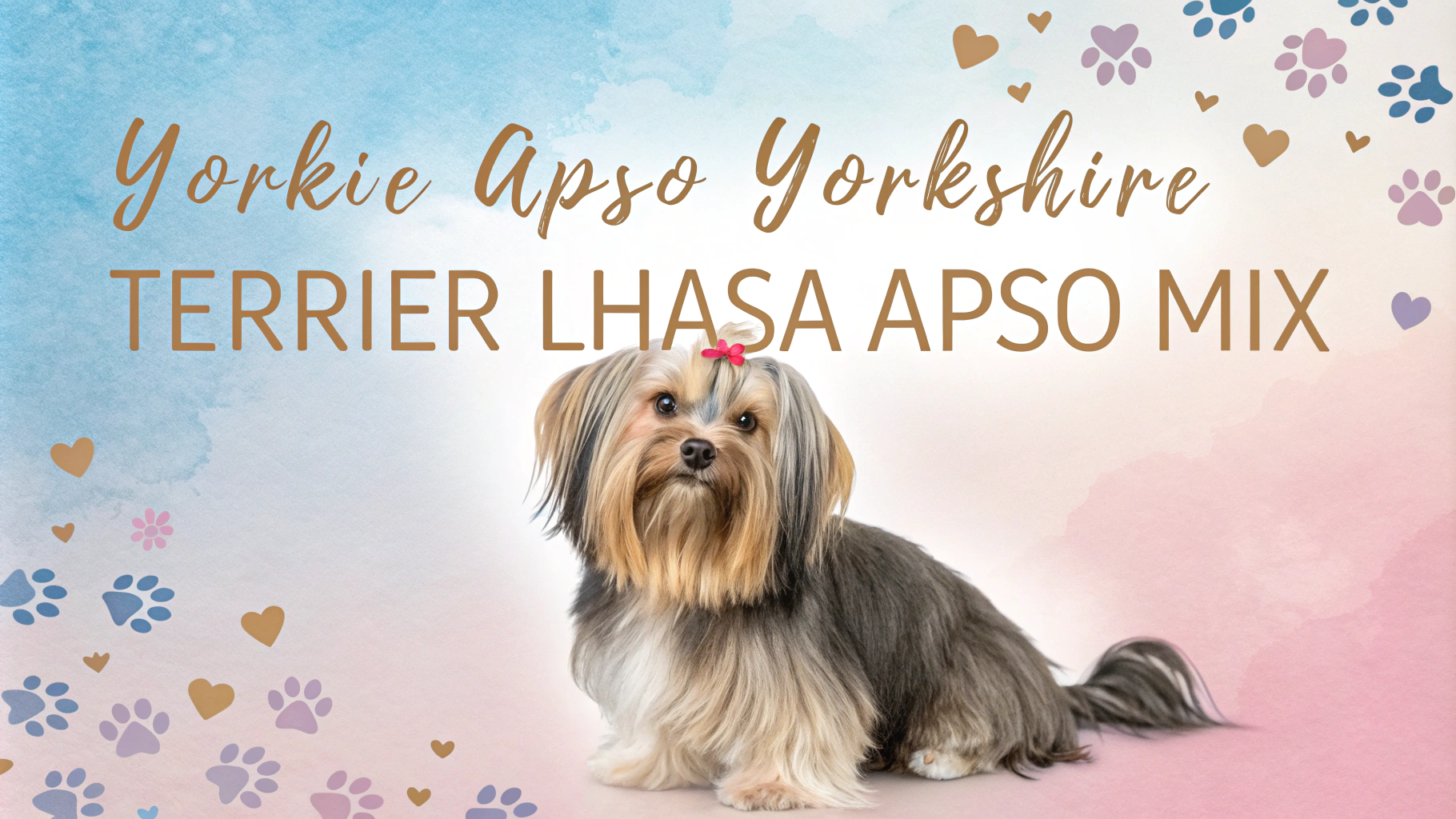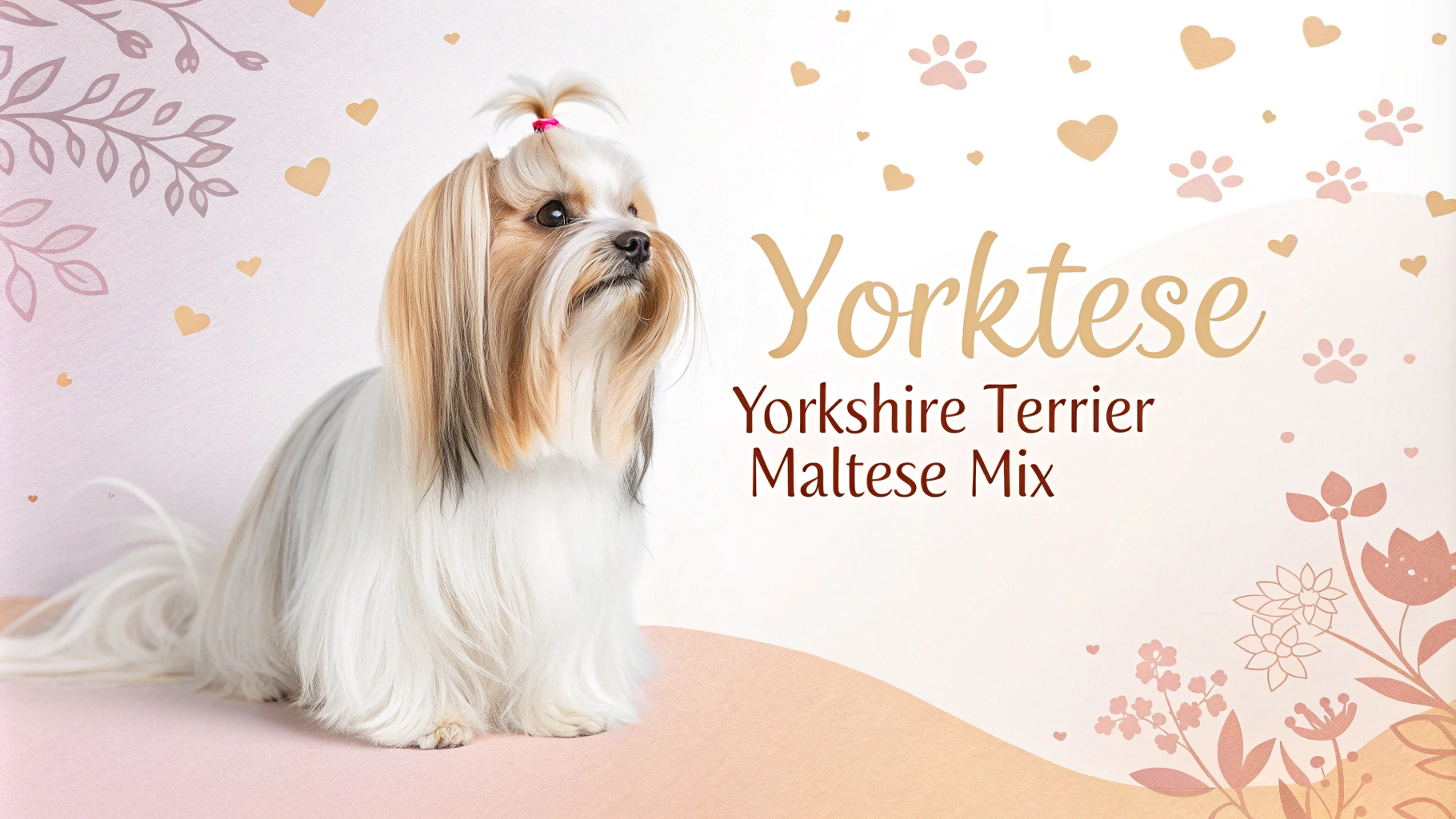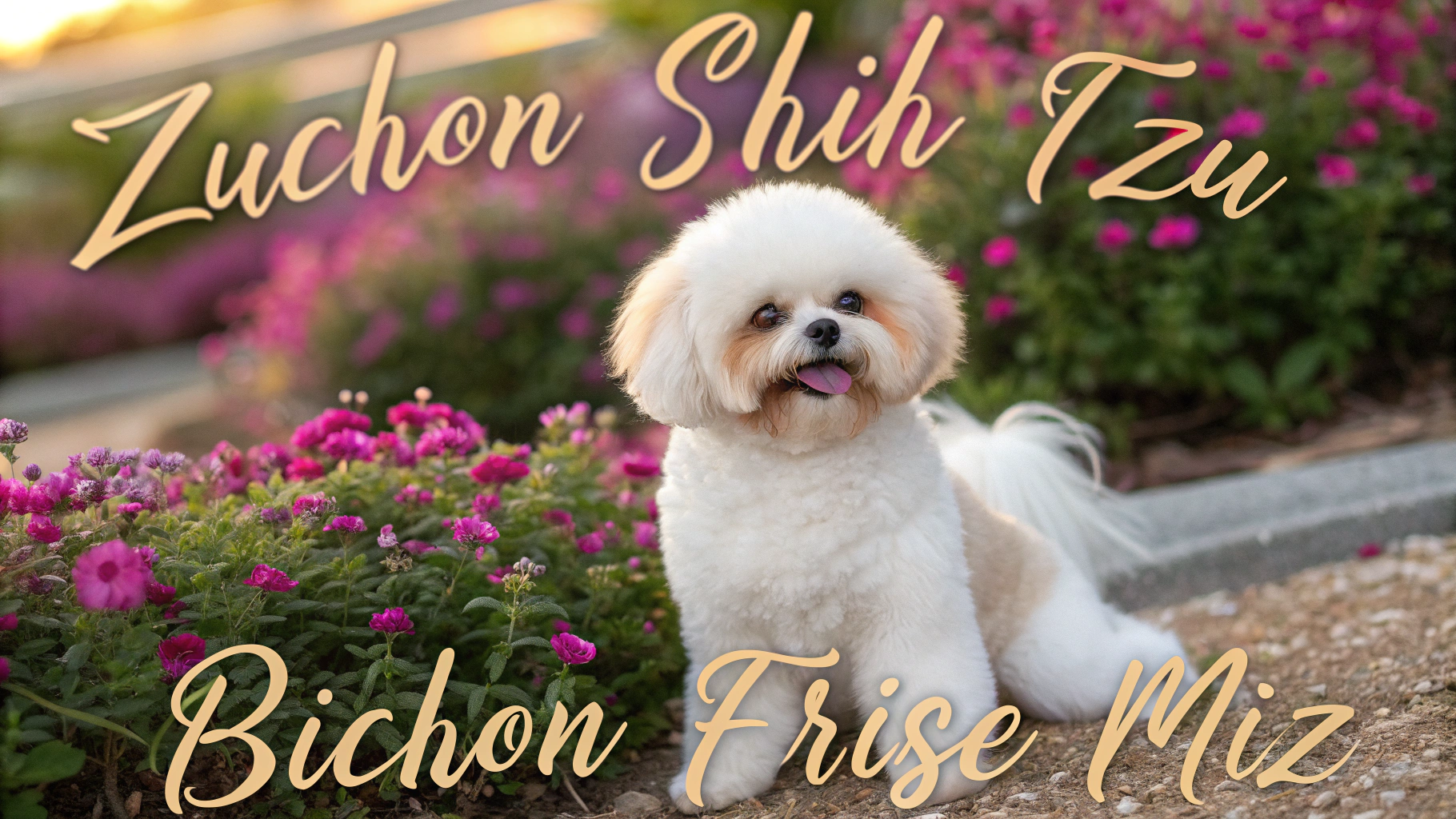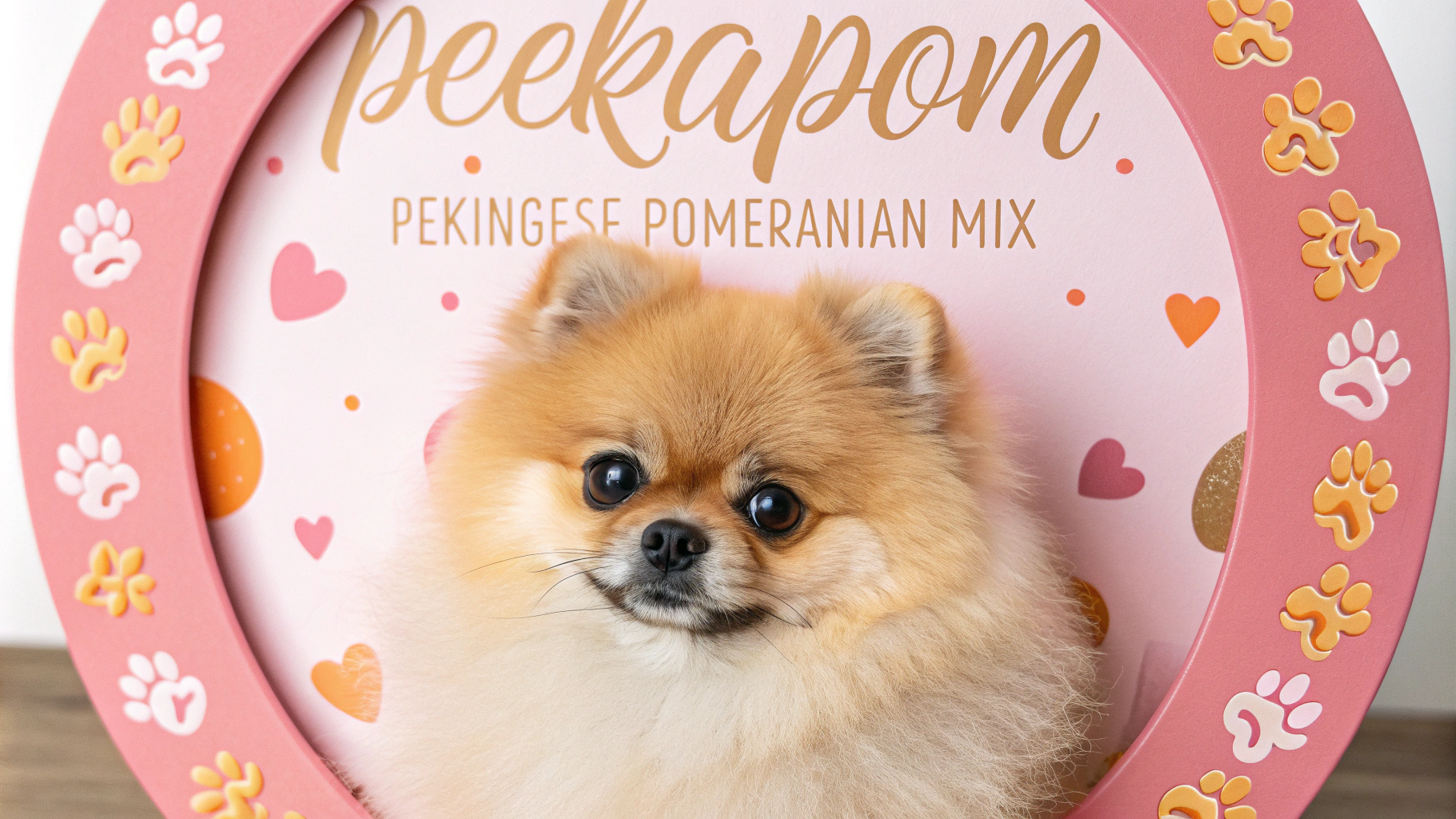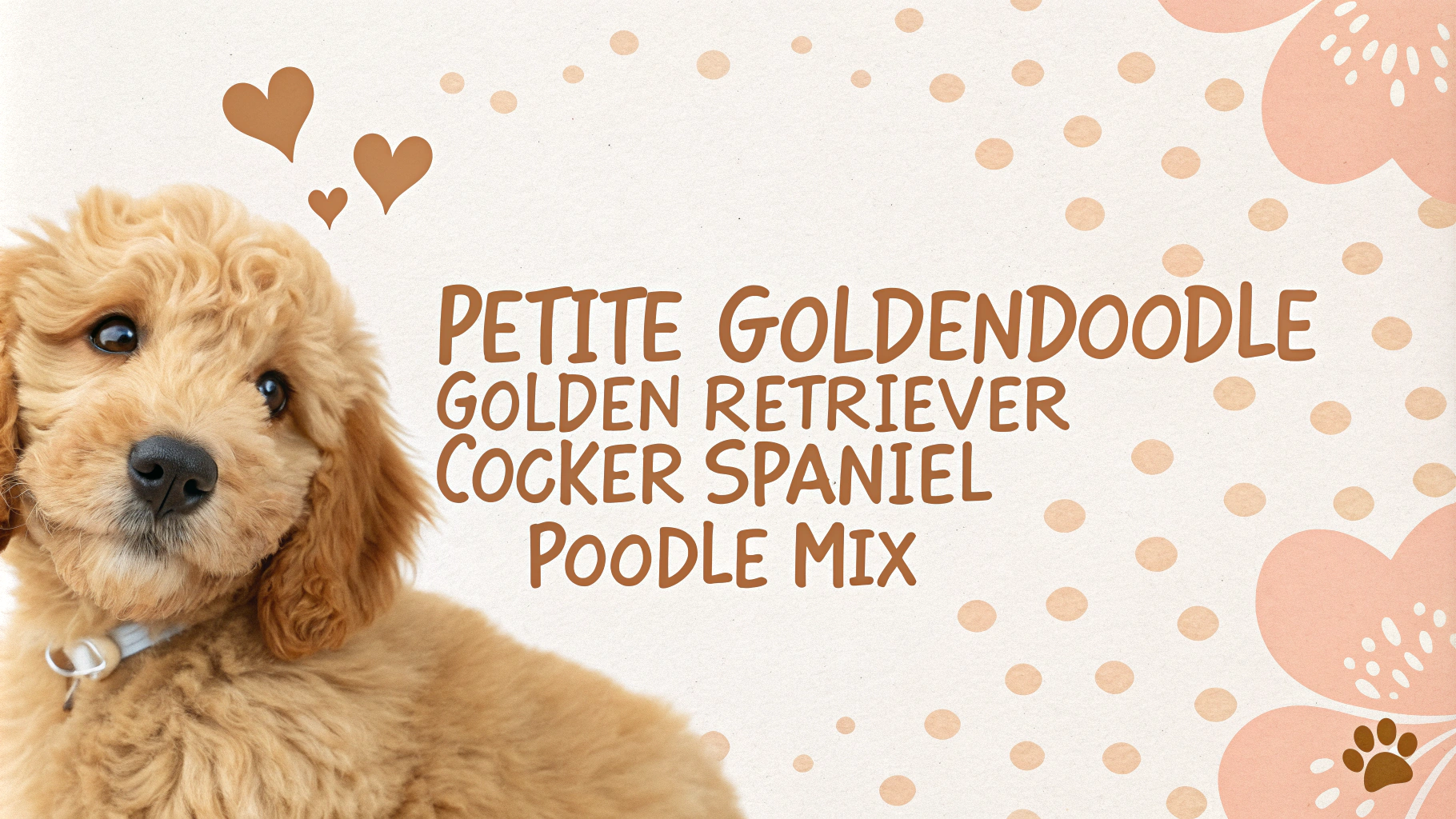The Cockalier is a designer dog breed that combines the Cavalier King Charles Spaniel and the Cocker Spaniel. This mixed breed inherits traits from both parent breeds, resulting in a friendly, affectionate, and energetic companion. Cockaliers are known for their gentle nature and adaptability, making them suitable for various living situations and family types. As with many hybrid breeds, Cockaliers can vary in appearance and temperament, but they generally maintain the lovable characteristics of both spaniel breeds.
Key Facts
- Size: Small to medium
- Weight: 13-30 pounds (6-14 kg)
- Height: 12-15 inches (30-38 cm)
- Lifespan: 10-14 years
- Coat: Medium to long, silky and wavy
- Colors: Various combinations including black, white, tan, red, and brown
- Temperament: Friendly, affectionate, and energetic
- Good with children: Yes
- Good with other pets: Generally yes
- Shedding: Moderate
- Exercise needs: Moderate
- Trainability: High
Character Traits
Cockaliers are known for their friendly and affectionate nature, inheriting the best traits from both parent breeds. They are typically gentle, loving, and eager to please, making them excellent family companions. These dogs are usually good with children and other pets, thanks to their patient and sociable temperament. Cockaliers are generally intelligent and trainable, responding well to positive reinforcement techniques. They can be playful and energetic, enjoying interactive games and activities with their owners. However, they may also inherit the Cavalier King Charles Spaniel’s tendency to be lap dogs, appreciating quiet cuddle time. Cockaliers are often alert and may bark to announce visitors, but they are not typically aggressive or overly vocal. Their adaptable nature allows them to thrive in various living situations, from apartments to houses with yards, as long as they receive adequate attention and exercise.
History & Origins
The Cockalier is a relatively new designer dog breed, likely originating in the late 20th or early 21st century when crossbreeding purebred dogs became popular. While the exact origins of the Cockalier are not well-documented, it’s believed that breeders aimed to combine the gentle nature of the Cavalier King Charles Spaniel with the intelligence and energy of the Cocker Spaniel. Both parent breeds have long histories as companion dogs, with the Cavalier King Charles Spaniel descending from toy spaniels favored by British royalty, and the Cocker Spaniel originally bred as a hunting dog for woodcock. The Cockalier was likely developed to create a loving family pet that embodied the best qualities of both spaniel breeds. As with many designer dogs, the Cockalier is not recognized by major kennel clubs as a distinct breed, but it has gained popularity among dog enthusiasts seeking a friendly and adaptable companion.
Health Concerns
The Cockalier, being a mixed breed, can inherit health issues from both parent breeds. Common concerns include:
- Heart problems: Mitral valve disease, which is prevalent in Cavalier King Charles Spaniels
- Eye issues: Cataracts, progressive retinal atrophy, and glaucoma
- Ear infections: Due to their floppy ears, which can trap moisture
- Hip dysplasia: A genetic condition affecting the hip joint
- Syringomyelia: A neurological condition more common in Cavaliers
Regular veterinary check-ups, proper diet, and exercise can help mitigate some of these risks. It’s crucial to obtain a Cockalier from a reputable breeder who conducts health screenings on parent dogs.
Exercise Needs
Cockaliers are moderately active dogs that require regular exercise to maintain their physical and mental well-being. Their exercise needs typically include:
- Daily walks: 30-60 minutes, split into two sessions if possible
- Playtime: Interactive games like fetch or tug-of-war
- Mental stimulation: Puzzle toys and training sessions
- Swimming: If they inherit the Cocker Spaniel’s love for water
While they have bursts of energy, Cockaliers are generally adaptable to their owner’s lifestyle. They enjoy both indoor and outdoor activities, making them suitable for various living situations. Regular exercise helps prevent obesity and behavioral issues stemming from boredom or pent-up energy.
Space Requirements
Cockaliers are adaptable dogs that can thrive in various living environments, including:
- Apartments: Their moderate size makes them suitable for apartment living
- Houses: They appreciate having a yard but don’t require extensive outdoor space
- Urban or rural settings: Adaptable to both city and country lifestyles
While they can adjust to smaller spaces, Cockaliers benefit from having enough room to move around comfortably indoors. Access to a securely fenced yard is ideal but not essential if daily walks and outdoor playtime are provided. Their adaptability makes them excellent companions for various household types, from singles to families with children.
Nutrition & Feeding
Proper nutrition is crucial for maintaining the health and well-being of a Cockalier. Consider the following guidelines:
- High-quality dog food: Choose a premium brand appropriate for their age, size, and activity level
- Portion control: Follow feeding guidelines based on weight and adjust as needed to prevent obesity
- Meal frequency: 2-3 small meals daily for adults; puppies may require more frequent feeding
- Fresh water: Always provide access to clean, fresh water
Avoid overfeeding, as both parent breeds can be prone to weight gain. Treats should be given in moderation and account for no more than 10% of daily caloric intake. Consult with a veterinarian to develop a tailored nutrition plan, especially if your Cockalier has specific health concerns or dietary needs.
Grooming Tips
The Cockalier typically has a medium-length, silky coat that requires regular grooming to maintain its health and appearance. Brush your Cockalier’s coat at least 2-3 times a week using a slicker brush or pin brush to remove tangles and prevent matting. Pay special attention to areas prone to matting, such as behind the ears, under the legs, and around the tail.
Bathe your Cockalier every 4-6 weeks or as needed, using a gentle dog shampoo. Trim the hair around their paws, ears, and sanitary areas regularly to keep them tidy. Check and clean their ears weekly to prevent infections, as both parent breeds are prone to ear issues. Brush their teeth several times a week to maintain good oral hygiene and prevent dental problems.
Regular nail trimming is essential, typically every 2-3 weeks or as needed. If you’re not comfortable with nail trimming, consider professional grooming services. During grooming sessions, inspect your Cockalier’s skin for any signs of irritation, lumps, or parasites. This breed may shed moderately, so regular brushing will help minimize loose hair around your home.
Training Approach
Cockaliers are generally intelligent and eager to please, which makes them relatively easy to train. They respond best to positive reinforcement techniques, such as praise, treats, and play. Harsh corrections or punishment should be avoided, as these can damage the dog’s confidence and trust in their owner.
Start training and socialization early to help your Cockalier develop into a well-mannered adult dog. Focus on basic obedience commands like sit, stay, come, and leave it. Cockaliers may inherit a strong prey drive from their Cocker Spaniel parent, so early recall training is crucial, especially if you plan to let them off-leash in safe areas.
These dogs can be sensitive, so use a gentle and patient approach in training. Keep training sessions short (5-10 minutes) and fun to maintain their interest. Incorporate training into daily activities and playtime to reinforce good behaviors. Cockaliers may benefit from activities that challenge their minds, such as puzzle toys or scent work. Consistency is key in training, so ensure all family members use the same commands and rules to avoid confusion.
